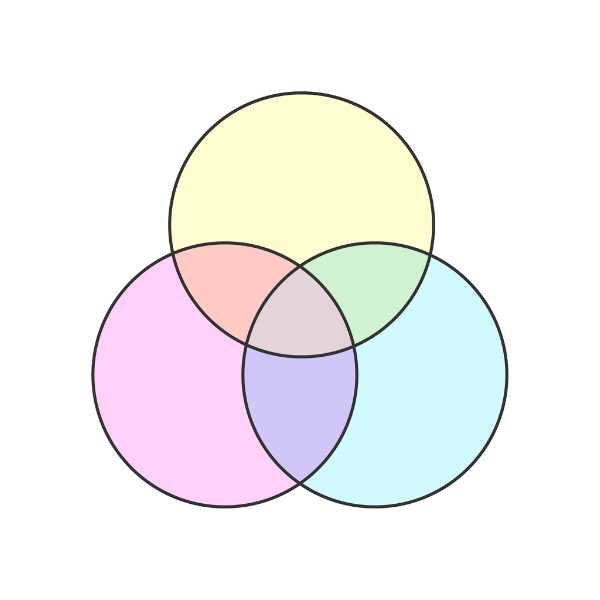Inter-VENN-tion

Three part Venn diagram (dzm1try, iStockphoto)

Three part Venn diagram (dzm1try, iStockphoto)
Format
How does this align with my curriculum?
PE
5
Integrated Curriculum Grade 5: Science (Draft 2023)
IS 1.4: Collaborating with others effectively can help us to share meaningful explorations in impactful ways.
PE
6
Integrated Curriculum Grade 6: Science (Draft 2023)
IS 1.4: Collaborating with others effectively can help us to share meaningful explorations in impactful ways.
PE
6
Integrated Curriculum Grade 6: Science (Draft 2023)
IS 1.4: Effectively communicate the results of their inquiry.
This strategy helps students build relationships within a small group by identifying commonalities, distinctions, and areas of expertise.
Why use it?
- To help support transparency around roles and duties within group work
- To consider where there is overlap in roles
- To ensure shared understanding among group members
- To encourage taking responsibility and accountability
Tips for success
- Prepare templates for groups in advance. The number of circles corresponds to the number of roles in the group.
- Start with a small number of group roles to begin with. This makes it easier to consider where there might be overlap.
- Consider asking groups to revisit and review the VENN diagram throughout the project.
How do I use it?
- Provide students with a VENN to match the number of roles in the group (2-4).
- Have students write the roles in each circle.
- Starting with just one role students work individually to write each role’s responsibilities on sticky notes. They then place the sticky notes inside the appropriate circle.
- Once they have completed all of the roles, review the stickies as a group. Determine where those duties lie on the VENN (individual duty or overlap).
Variations
- This could be done as a whole class activity.
Using this Strategy
- Inter-VENN-tion Reproducible Template [Google doc] [PDF]
Create Your Own
- Inter-VENN-tion Reproducible Template [Google doc] [PDF]
References
Adapted from: Lipton, L., & Wellman, B. (2011). Groups at work: Strategies and structures for professional learning (p. 48). MiraVia.